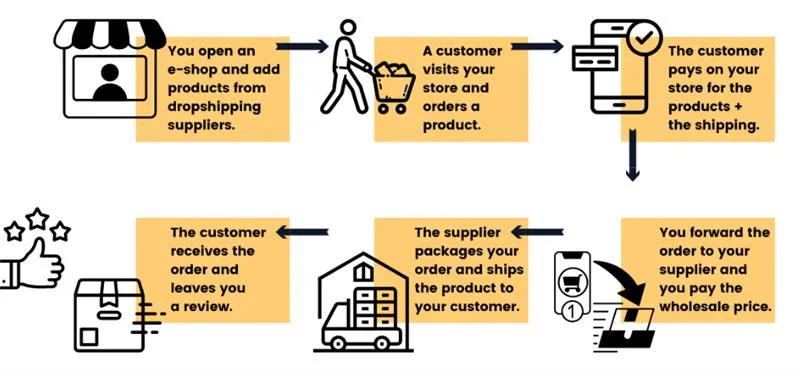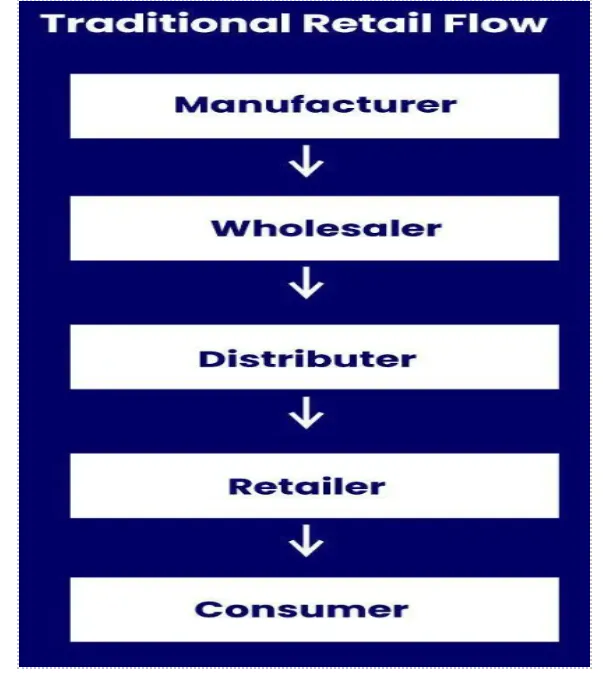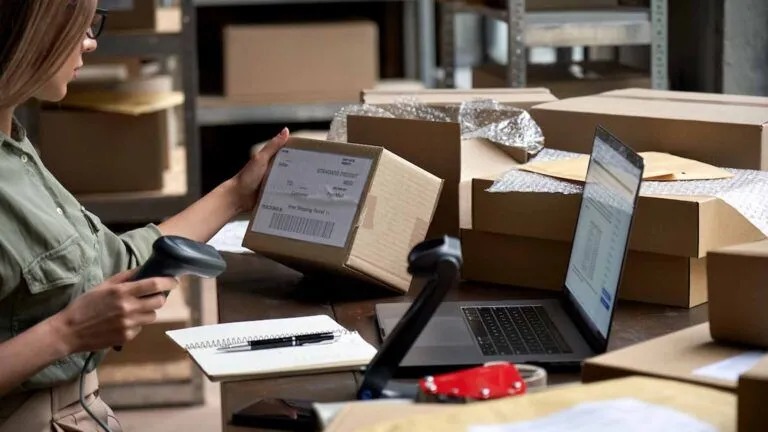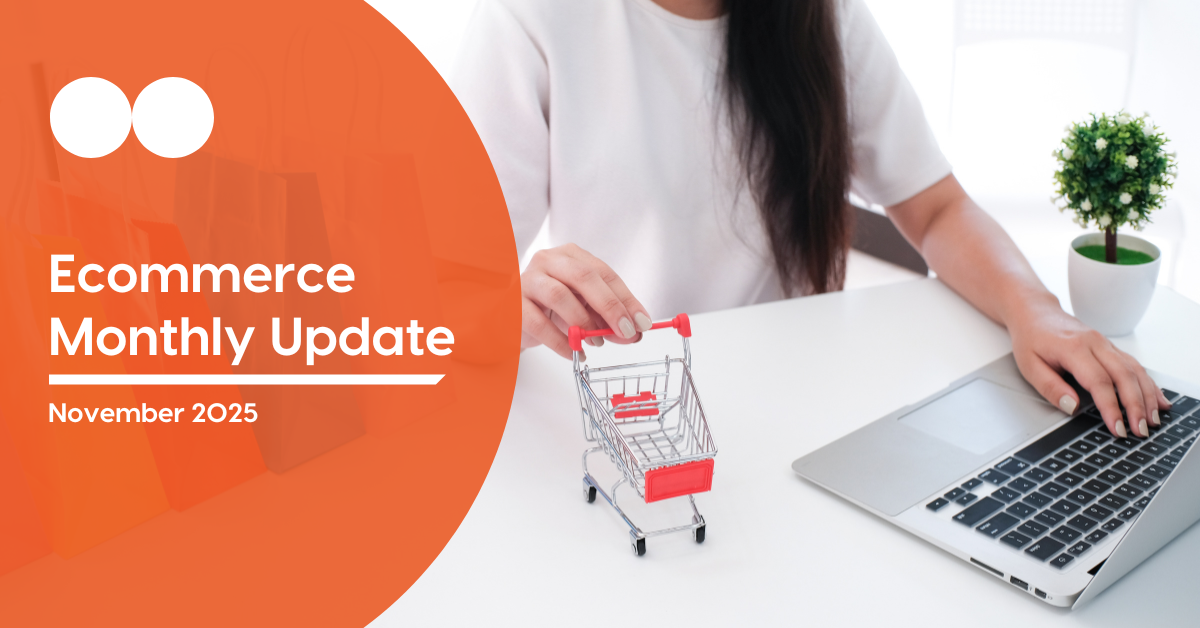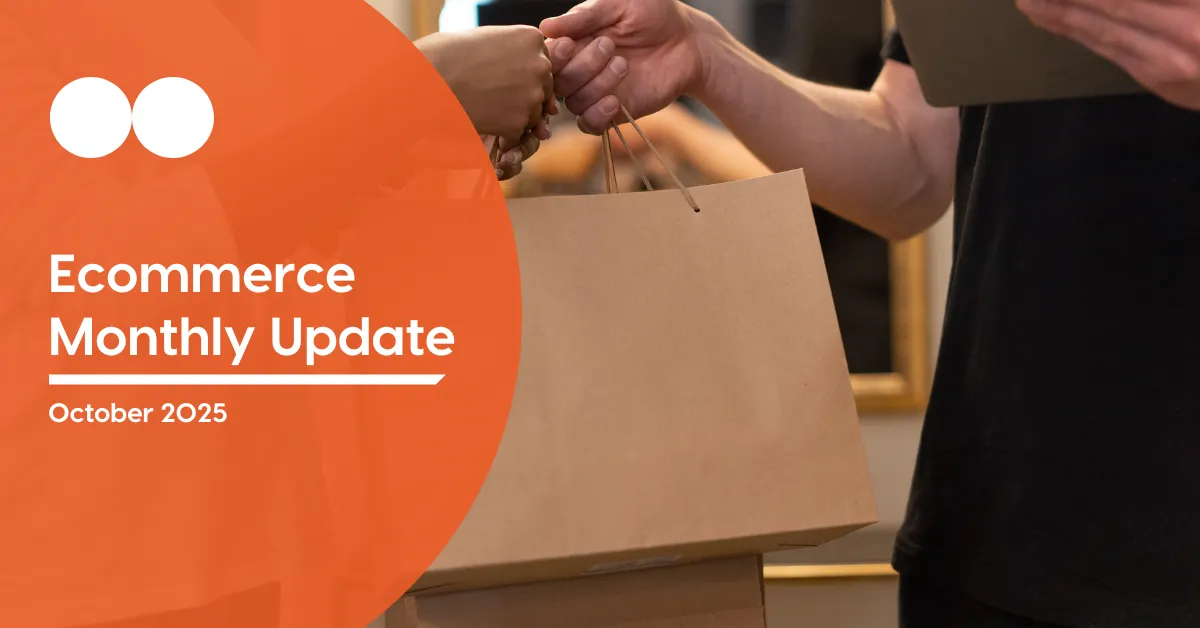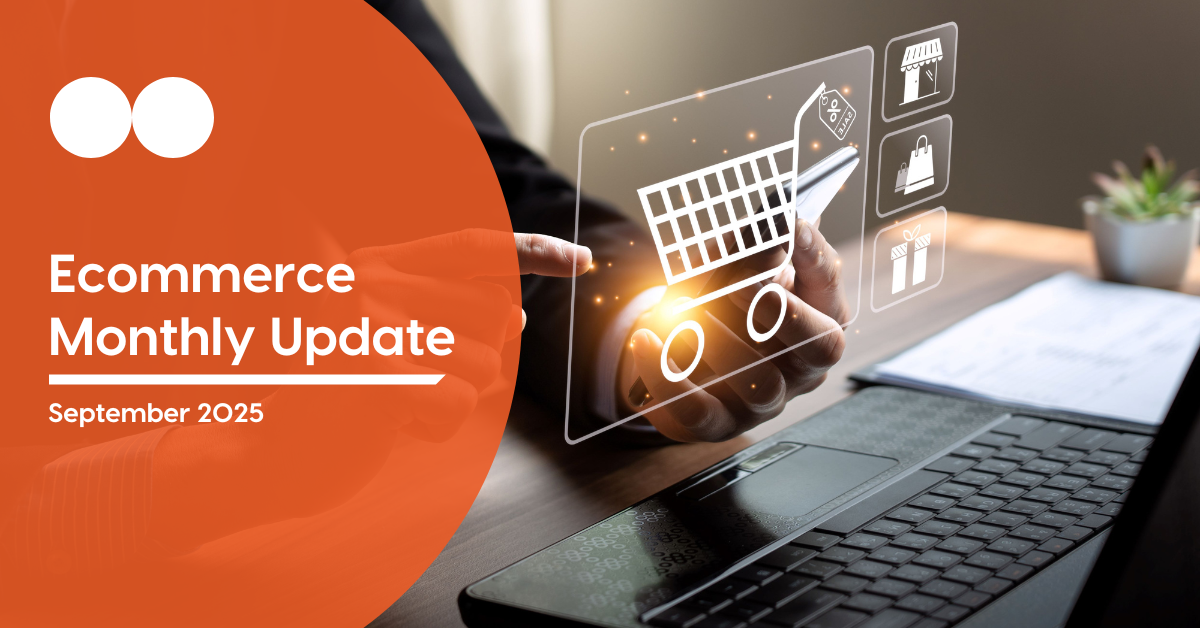Goods Ideal for Dropshipping | Goods Not Ideal for Dropshipping |
Phone Accessories (e.g., phone cases, screen protectors, chargers). | Furniture (e.g., sofas, dining tables, bookshelves). |
Jewelry (e.g., necklaces, bracelets, earrings). | Large Appliances (e.g., refrigerators, washing machines, ovens). |
Beauty Products (e.g., skincare serums, makeup brushes, lipsticks). | Gym Equipment (e.g., treadmills, weight benches, dumbbells). |
Clothing (e.g., t-shirts, leggings, socks). | Glassware (e.g., wine glasses, vases, decorative bowls). |
Books (e.g., paperback novels, self-help books, journals). | Ceramics (e.g., pottery, delicate figurines, decorative plates). |
Stationery (e.g., notebooks, pens, planners). | Electronics with Delicate Components (e.g., laptops, cameras, drones). |
Digital Products (e.g., eBooks, online courses, software). | Bulky Items (e.g., kayaks, bicycles, large outdoor furniture). |
Small Accessories (e.g., keychains, wallets, sunglasses). | Oversized Products (e.g., mattresses, trampolines, large playhouses). |
Niche Items (e.g., eco-friendly products, fitness bands, pet accessories). | Generic Items (e.g., basic kitchen utensils, plain t-shirts, common office supplies). |
Trending Products (e.g., fidget spinners, reusable straws, LED face masks). | Seasonal Items (e.g., Christmas decorations, Halloween costumes, summer beach gear). |
Ready-to-Sell Items (e.g., pre-packaged snacks, pre-made candles, pre-assembled toys). | Personalized Gifts (e.g., custom-engraved jewelry, monogrammed towels, photo books). |
Pet Supplies (e.g., pet toys, collars, grooming tools). | Rare or Specialized Items (e.g., collectible coins, vintage items, handmade crafts). |
Home Decor (e.g., wall art, throw pillows, decorative lamps). | Clothing with Sizing Issues (e.g., tailored suits, wedding dresses, custom-fit shoes). |
White-Label Products (e.g., private-label skincare, branded phone cases). | Branded Electronics (e.g., iPhones, Sony headphones, Samsung TVs). |
Eco-Friendly Products (e.g., reusable bags, bamboo toothbrushes, solar-powered gadgets). | Licensed Merchandise (e.g., Disney toys, Marvel collectibles, branded sports gear). |
Fitness Gear (e.g., resistance bands, yoga mats, water bottles). | Medical Devices (e.g., blood pressure monitors, CPAP machines, glucose meters). |
Simple Electronics (e.g., headphones, USB cables, power banks). | Food Items (e.g., perishable goods, snacks with short shelf life, beverages). |
Accessories (e.g., hats, scarves, belts). | Children’s Toys with Safety Regulations (e.g., stuffed animals, toy cars, building blocks). |
